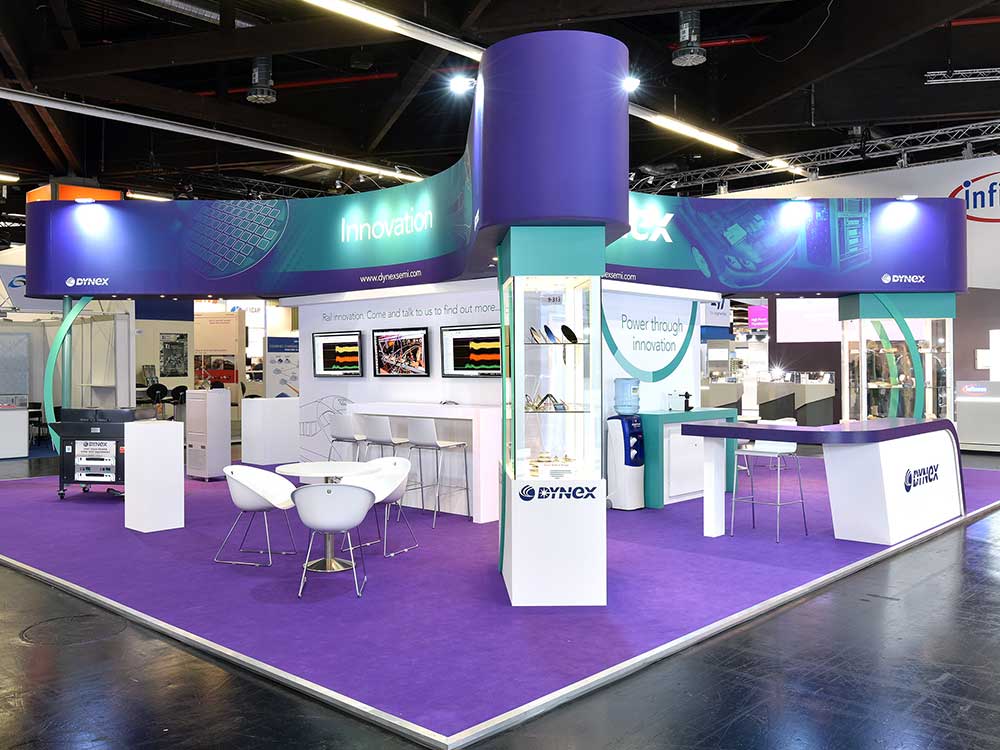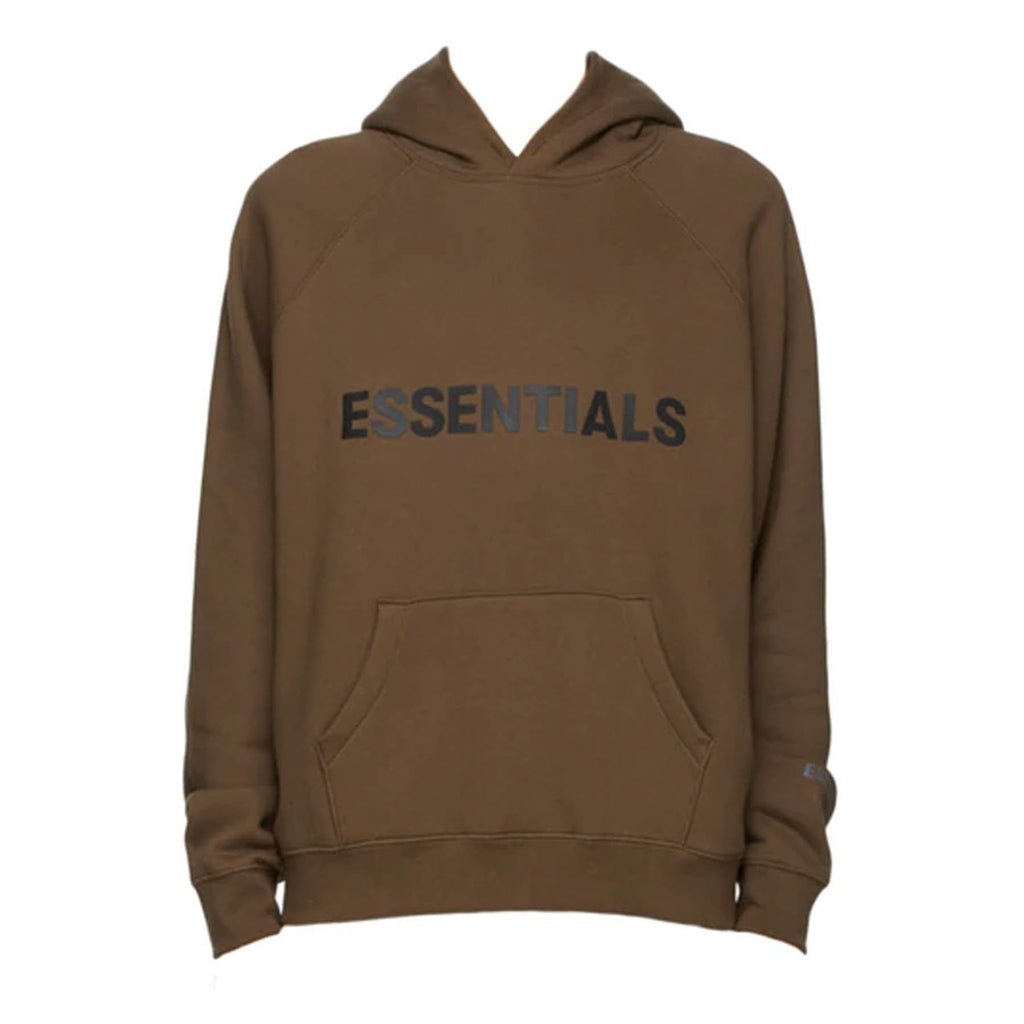A bespoke exhibition stand can make all the difference while exhibiting at a trade show or an exhibition. It represents your brand and also creates a memorable experience for all the attendees. Creating an outstanding exhibition stand is going to cost you; that’s why setting a budget for it becomes a very real problem. Today, we are going to walk you through the budgeting for a bespoke-built exhibition stand. We will make sure you get the best of your investment without overspending.
1. Know what goes into your stand
Before we begin with the numbers, you must understand what goes into your stand. What makes up the overall cost?
- Design Fees: This is the amount you will pay to a designer or a design agency for designing your stand. Make sure to hire exhibition stand designers UK who have ample experience.
- Construction Costs: Building your stand involves the workforce and the materials used. It’s time to decide whether you go for high-end materials or an economical choice
- Graphics and Branding: The professional graphics will drastically impact your stand. Banner, signages, and digital displays will be on the cost list.
- Lighting and AV Equipment: Proper lighting and audio-visual aspects will only spice up your presence at the stand.
- Transportation and Storage: Do not forget to include transport costs from the venue back to your premises and store them when events are off.
- Utilities: If your stand is either powered, water, or internet dependent, incorporate that in the budget.
- Staffing Costs: Include costs for transporting your team to the event where accommodation and meals must be catered for as well.
By breaking them up, you’ll know just what to expect in terms of costs.
2. Determine Your Overall Exhibition Budget
Your overall budget begins with determining your financial situation and marketing objectives. Ask yourself the following:
- What is the total budget allocated for the exhibition? This includes not only the stand but also travel, accommodation, and promotional materials.
- What are you trying to achieve? What are you trying to get out of marketing things—be it leads, brand awareness, or launches—will determine what you’re willing to pay.
It is always a good idea to budget with business needs in mind. For example, if the ROI on leads is pretty high from the event, you would need to take more investment to make that stand a showstopper.
3. Research and Get Quotes
Once you have an image of your budget and goals, it is time to find designers and builders. Here are some tips on getting quotes:
- Ask for Several Quotes: Contact several designers and builders to compare their costs. It will help you have more alternative options by which you can eventually choose the perfect fit according to your budget.
- Be Clear About Your Needs: Be sure you’re telling your quotation people just what you want. Include design ideas, size specifications, and anything else you might require.
- Request for References: Be sure that you’re checking out reviews and requesting case studies or references from clients of the past. This will give you confidence in your choice and the value they provide.
4. Plan for Contingencies
There will be unaccounted costs when designing an exhibition stand. Best to have a contingency budget, usually 10-15% of the total budget, that would be helpful in case of last-minute changes, additional materials, or unforeseen expenses.
Common Contingencies
- Design Changes: You sometimes need to correct some design because of restrictions at the venue or branding change.
- Unexpected Overheads: Venue may incur unexpected overheads such as upgrading power lines or hiring equipment.
- Logistical Mishaps: Transport delays or damaged materials mean extra costs over and above your original plans. A float in your budget will help reduce stress
5. Be Frugal Where It Counts
You are not going to waste the same amount on every aspect of your stand. Keep that money in your pocket by only spending it where necessary; here is how
- Identify Key Features: What aspects of your stand are going to make the most difference in meeting your objectives? Design style, interactive technology, and engaging graphics?
- Set Prioritization by Budget Allocations: Just identify your priority areas; allocate your budget accordingly. If you run short on budget when you need to do less on these non-priority areas, consider simplification or compromise on those.
- Think Value over Cost: It’s simple to pick the lowest-cost provider but consider your long-term value. Quality design and construction will pay off in higher ROI when your brand is perceived and engaged with.
6. Review and Lock In Your Budget
Once you have quotes, priority spending items, and put in a contingency, you are ready to lock in a budget. In considering all aspects of the plan behind your exhibition, think about whether each cost in your plan is accounted for.
- Get Approval: In case you feel that you require your budget to be approved by stakeholders or even your management, then first request for the approval. Be clear in explaining how your budget will be a commitment to the interest of the organization.
- Track Expenses: Itemize all the expenses during the planning process. That way, you are sure to stay within your budget and you might find valuable insight for your next exhibition.
Conclusion
Setting a budget for your bespoke-built exhibition stand is not scary. Once all the different components are understood, it can be well-settled that an overall budget would clear all such doubts. It allows thorough research and preparation towards the various contingent events that might arise and careful prioritization of spending can help ensure a successful and impactful exhibition presence. A well-planned budget is not only a significant design attribute of the stand but will also ensure a good experience both for the team itself as well as for the attendees of the exhibition. Visit Wow Space for a bespoke exhibition stand designed with the right approach that helps to bring your marketing goals into sharp focus and make an unforgettable mark.




